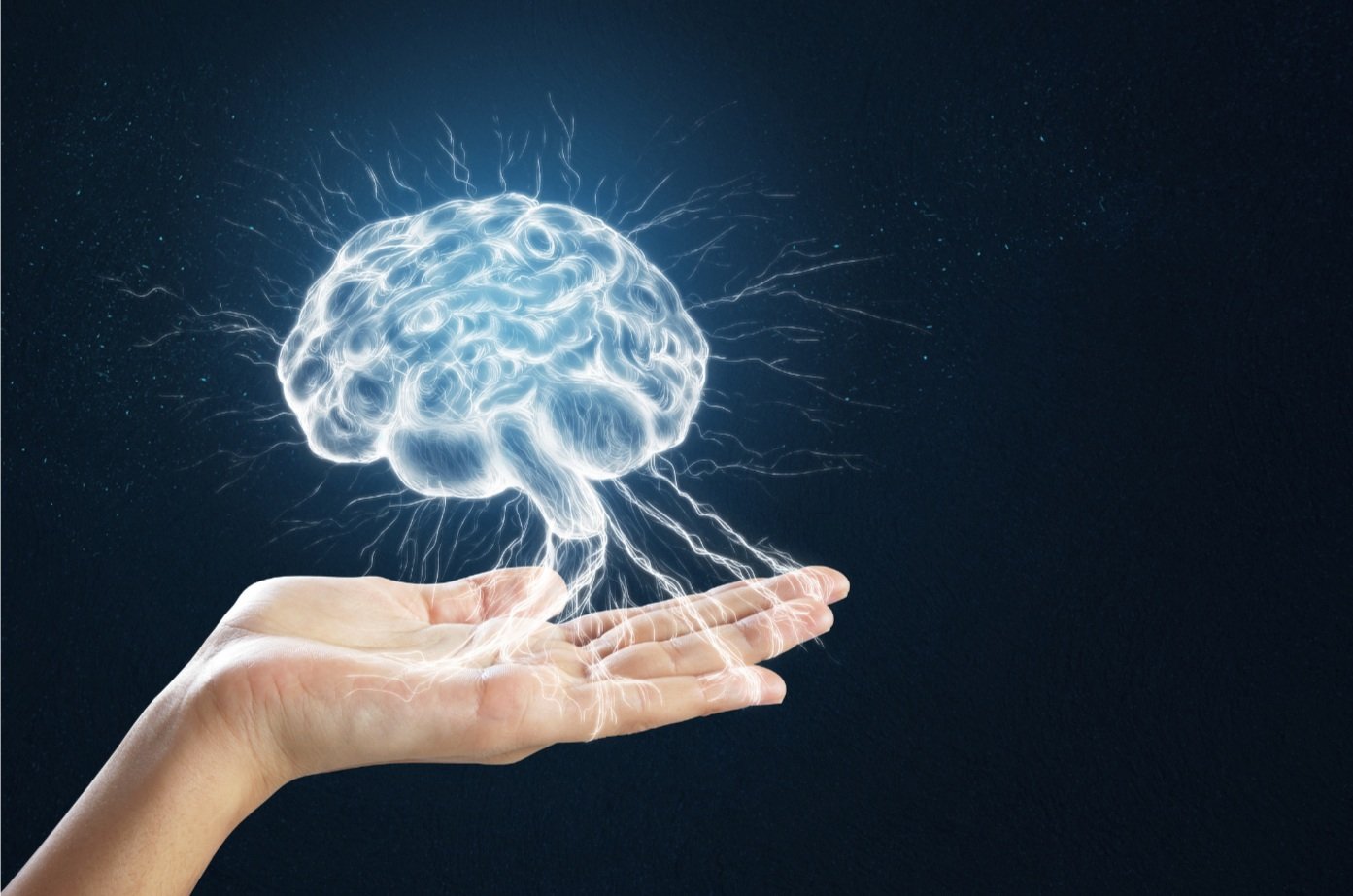The Malleability of the Mind
For a long time, it was thought that the brain’s architecture remained fairly fixed after a certain age and that the possibility of changes within its functioning was low. However, the discovery of neuroplasticity has revolutionized our understanding of the brain's incredible capacity for transformation.
In this post, we’re taking a deep dive into what neuroplasticity is, how it works, and how we can harness its power.
What is neuroplasticity?
Sometimes known as neural or brain plasticity, neuroplasticity is the brains’ ability to evolve, heal, and adapt to a wide array of circumstances. Throughout our lives, the brain remains malleable, able to adapt in response to our genetics, and a variety of demands and environmental cues.
There are two types of neuroplasticity:
Structural plasticity refers to the physical brain changes that take place, including things like dendritic branching, the creation of new synapses, and neurogenesis (the formation of new neurons.) Learning and development throughout our lives instigate these ongoing changes.
Synaptic or functional plasticity refers to the efficiency and strength of the connections between neurons, which is frequently driven by repetitive patterns of activity within neurons themselves. These connections can manifest as LTP, or long-term potentiation, or LTD, long-term depression – enhancing or diminishing their strength respectively.
In our childhoods and through to our mid-20s, a process called synaptic pruning alters and removes the synapses between neurons, in order to maintain optimal brain function as we age.
As we continue to age, we continue to lose neurons. But the aging brain can still form new neural connections, if we treat it right. The brain cleverly creates the space for new growth and allows us to take on more complex information, removing connections that aren’t used often enough. Remember that phrase, use it or lose it? It’s not wrong!
Why is neuroplasticity so great?
Ok, so we could be here for a while! The plasticity of our brains is an incredible feature that allows us to live full lives, learn, be happy, and recover, to name a few. Neuroplasticity is directly responsible for:
Brain volume: by boosting neurogenesis, which in turn aids our learning and memory skills.
Mood: It’s thought that deficits within our brains’ plasticity can contribute to a variety of mental health conditions, such as depression and anxiety.
Recovery: Neuroplasticity can help patients regain function after suffering from a stroke or a traumatic brain injury.
How to rewire your brain
Remember how we spoke about treating your brain right? There are so many things you can do in your everyday life that can stimulate your brains’ neuroplasticity. Think about keeping your brain supple in the same way that you would your body. You can give your grey and white matter a workout using:
Memory games, mental stimulation, video games, and brain training
Pursuing creative interests such as language learning, art, and music
Regular exercise
Mindfulness practice
Traveling
A healthy balanced diet
Maintaining strong social connections
Making sure you get consistent, quality sleep.

